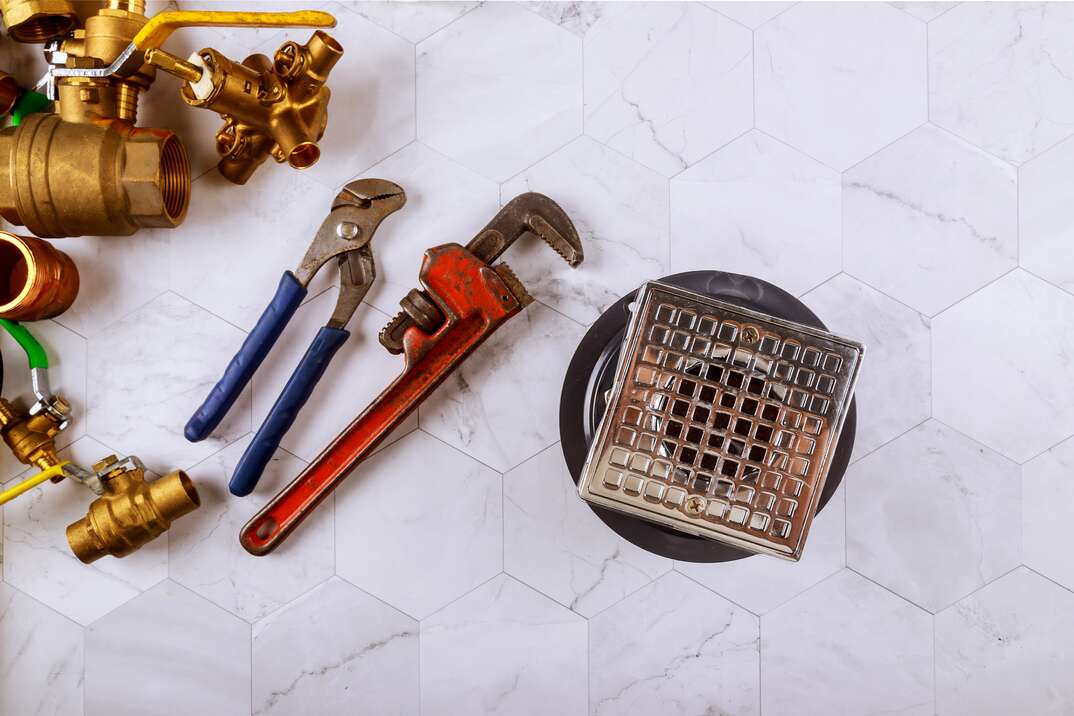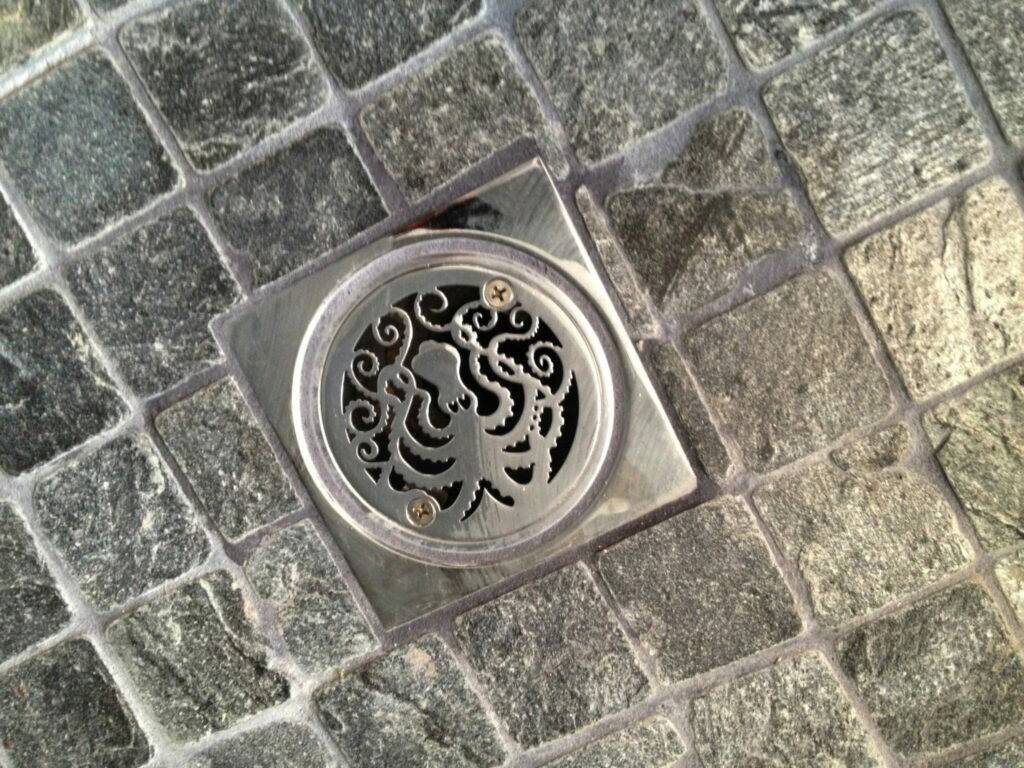How To-Guidelines for-Tips On Successfully-Effectively-Properly Handle-Manage-Execute Your Own-DIY-Personal Shower Drain-Bathroom Drain-Drainage System Installation-Setup-Project
How To-Guidelines for-Tips On Successfully-Effectively-Properly Handle-Manage-Execute Your Own-DIY-Personal Shower Drain-Bathroom Drain-Drainage System Installation-Setup-Project
Blog Article
Were you searching for advice around How to Choose the Best Drain for Your Shower?

Upgrading a bathroom is one of the more prominent home improvement jobs. Dealing with the plumbing for draining your shower can be exceptionally basic unless you go overboard.
Handling Your Own Shower Drain Installment Task
Whether you are a bathtub or shower person, lots of people seek shower just alternatives when buying a home. This easy fact implies more than a few home owners spend a weekend upgrading or installing showers in their bathrooms. Fortunately for you, it is a rather straightforward procedure.
A collection agency or pan refers to the straight surface located at the bottom of the shower. The enthusiast usually consists of a non-slip surface slightly banked in the direction of the center or any place the drain lies. Incorporated with 3 to four inch wall surfaces around the side, the objective of your shower drain plumbing is to obtain the water to flow to as well as down the drain.
You can physically construct a collector for your new shower, yet you actually require to think about it. Do you truly intend to get into the problems of obtaining the sloping proper, not to mention ensuring every element of it is water resistant? And I imply every facet! It is much easier to merely purchase a pre-cast enthusiast online or at your neighborhood Lowes, House Depot or equipment store. Building one might sound like an excellent concept, but you will probably feel in different ways after a couple of hours.
Regardless of how you go about obtaining a pan, you must make every effort to make use of one that has the drainpipe situated in the same spot as the original pan. Moving the drainpipe pipelines can be a job, particularly if the home builder utilized an one-of-a-kind framework framework. If you are figured out to relocate the drainpipe, you are going to have to cut back the pipeline or lengthen it, which might mean ripping up huge chunks of the floor. Put another way, you are mosting likely to be looking at a several weekend break job.
Thinking we have our drainpipe lined up, the actual connect is relatively basic. The drain pipeline must be encountering upright approximately the enthusiast. It will certainly usually resemble a "U", which suggests it works as a cleanout to maintain nasty smells from returning up from the drainpipe. To link the drain, you are going to develop a water limited connection in between a drainpipe cap on the top of the pan and the drain pipeline. Equipments differ, yet you are generally going to do this by putting a combining item on the top of the drainage pipeline. This is then covered with gaskets and also literally screwed into the drainpipe cap. The drainpipe cap must serve as a locknut, to wit, it screws directly onto the coupling.
The difficult part of this process is getting your drain cap to match a leak-proof placement in the pan. This is achieved by withdrawing the drain cap when you make certain everything fits together. At that point, you placed plumbers putty around the underside of the cap and then screw it back on. The putty ought to develop a limited seal between the cap as well as the shower pan, which maintains water from trickling under it and right into the mounting under the shower.
Obviously, bathroom showers come in a wide array of designs these days. If you acquire an enthusiast, they generally featured plumbing guidelines or the store can keep in mind anything unusual you must understand. It seems complicated, however is commonly quite simple. Enjoy!
Tips for Installing a Shower Drain Assembly
Renovating a bathroom can be exciting as well as fulfilling if you’re tackling the job DIY-style. After you cross off the bigger decisions such as tile style, paint colors, and fixtures, you’ll need to finalize smaller details – such as the shower drain. In this article, we’re sharing some tips for selecting and installing the right drain assembly for your updated shower.
What is a shower drain assembly?
Shower bases or pans typically only come with a pre-drilled drain hole. Since the pan slopes toward the drain, you should consider the placement – left, center, or right – when designing your shower. You’ll need to purchase and install a shower drain assembly that connects the shower pan to the drain pipe underneath the shower. There are a few types of assemblies, which will be covered below.
Size of a shower drain
When it comes to installing drains, size matters. The recommended pipe size for a shower drain is 2 inches, whereas most tubs use 1.5-inch pipes. Why the difference?
Shower pans are shallower than tubs, so there’s a higher risk for overflow. So, the larger pipe allows for quicker draining. If you are replacing an old tub with a newer stand-up shower, you will need to make additional plumbing adjustments to accommodate the 2-inch pipe.
Types of shower drain assemblies
There are three common types of shower drain assemblies: compression shower drain, solvent-glue shower drain, and tile shower drain. The layout, design, and materials of your shower can determine which type of shower drain assembly will work best.
Compression shower drain
This type of assembly attaches to the drain pipe with compression washers and nuts. The drain fitting is typically installed into the base, and then the base is installed into the bathroom floor. This makes compression-style drains easier to install than other options, particularly if you don’t have easy access from the floor under the shower base. Drains are available in a wide range of materials such as PVC (polyvinyl chloride), ABS (Acrylonitrile Butadiene Styrene), and brass, and can be used for acrylic, fiberglass, and steel shower bases.
Solvent-glued shower drain
Made of either polyvinyl or ABS, this type of shower drain is sealed to the drain pipe with solvent glue and silicone. Since you’ll be working underneath the drain pan, we only recommend using this type of drain if you have access under the shower, such as from a basement or crawlspace. It’s also important that you match the type of plastic of the drain with the drainpipe. If you take these precautions, you can install a solvent-glued drain assembly with acrylic, fiberglass, and steel shower bases.
Tile shower drain –
Drain assemblies for custom tile showers feature a waterproof membrane liner placed between two flanges. The tile is installed on top of the liner, collecting any water that seeps through the porous grout. A metal strainer is installed in line with the tile over the drain.
https://www.epshawaii.com/blog/tips-for-installing-a-shower-drain-assembly/

Do you really like reading up on Simple Steps for Installing a Shower Base? Leave a remark further down. We would be glad to know your responses about this posting. We are looking forward to see you back again in the near future. I beg you take the time to share this content if you liked it. We appreciate reading our article about Simple Steps for Installing a Shower Base.
Report this page